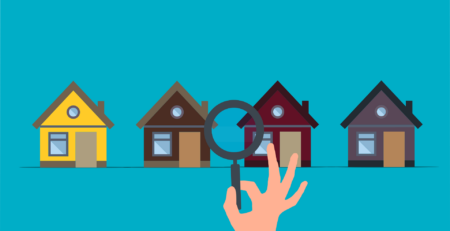How AI is Changing Architecture
The coupling of AI with architecture is relatively new and some are a little unsure of where it will all go. As AI continues to develop and improve, it’s unlikely that any industry will be left untouched by the presence of AI. From medicine to manufacturing, all are undergoing transformative changes. Indeed, the latest development in AI came only in the past few weeks, when it was announced that a highly sophisticated AI has been developed that can mimic human language to an extraordinary level.
The salient issue of AI being used in architecture is whether AI has the creative capacity to design buildings or artistic endeavours. It is well known that AI is useful for repetitive and mundane tasks, but human inspired creativity is a whole other ball game. Perhaps the question should be: Can AI augment the human creative process rather than replace it?
Since AI’s strength lies in repetitive and mundane tasks, through the process of automation, AI could be leveraged to save time in design work and leave the human creative element more time to devote to creative designing.
Big data
AI utilises vast amounts of data in order to perform its tasks of visual perception, speech recognition, and making quick decisions. This is where AI can be useful in architecture.
Architects are no different from other disciplines in using past data on new projects, including design, and building data. However, the process in which humans perform this task of using past data is slow and cumbersome, whereas AI can do this much more quickly. Designers and planners in the construction industry often still use the same methods that they have been using for decades, and AI can help achieve speed things up by doing what it does best: speedily analysing huge amounts of data and providing quick suggestions and decisions.
Changing the groundwork
During the early stage of an architect’s project, AI can be used to analyse data from past projects and make quick decisions and suggestions. This could save a lot of valuable time in the designing process. It is at this early stage where an architect can spend an inordinate number of research hours researching past projects and getting to grips with design intent. AI can help speed this process up and free up the architect to do more creative work.

A vast amount of data can be analysed by AI, and this would allow the architect to research and test multiple ideas simultaneously without resorting to traditional pen and paper methods. A complex task like designing a family home, for example, requires taking account of a large number of data points and variables, such as the future owners’ tastes, needs, expectations, as well as all the laws and building regulations which are constantly changing. AI can analyse all this data along with the occupants’ gender and ages and provide several design options for review.
Parametric designs
Parametric architectural designs are increasing, and the result will be seen all over the landscape. It is basically a design system that allows for flexible parameters to generate different design results in forms, shapes, and structures that would otherwise have been unimaginable previously.
Parametric design is an effective design tool that allows the architect to select the design output, set the parameters and input data, and generate multiple suggestions of the design work within only a few minutes. Of course, this design feature is not restricted to architecture and can be applied to virtually any product that is designed, developed, or built.
Improving construction
From the planning stage to completion, a construction project can take many years of careful and tedious work, and this is where AI can come into its own and shine. AI can transform the planning process from a slow, cumbersome one into one that is much simpler and faster. The AI could supply the architects with large amounts of useful data to expedite the planning process, such as creating models, assessing the construction environment, and generating accurate cost estimates. This data will allow the architect to speed up the design work and build time.
In terms of the physical construction aspect of the project, AI has already made its presence felt in technologies like 3D printing and smart wearable devices like smart helmets, boots, and goggles. Drones are also increasingly being used to help with the construction process.
Smart cities
AI will help design and transform the cities of the future. These “smart cities” will look and function very differently, integrating knowledge of ecosystem dynamics and taking into account how these cities will flow whilst implementing innovative and environmentally friendly design work and functions.
Smart cities will function like a living organism. Driven by real-time data and analytics, it will communicate with itself and set in motion automated systems to adapt and change as the need arises. A multitude of sensors and devices, such as cell phones, traffic flows, energy usage, air quality, and public transport, will feed data into the system for analysis to improve the living conditions of its inhabitants, while at the same time allowing for sustainable living.
ARE YOU READY TO START INVESTING?
Subscribe to our mailing list now for exclusive deals, investment guides and the latest information from the property market.







